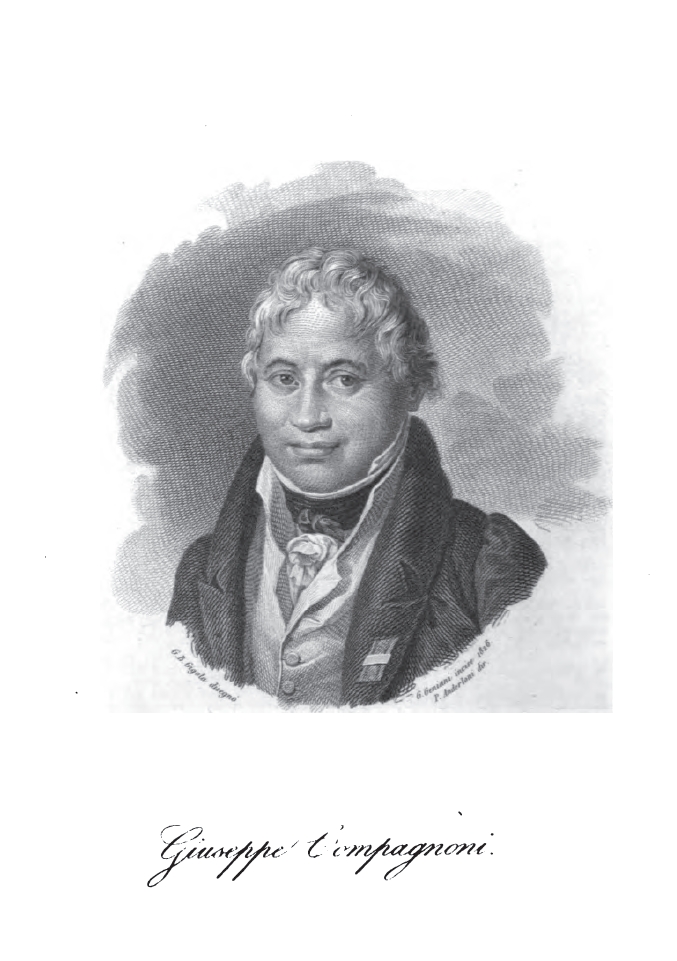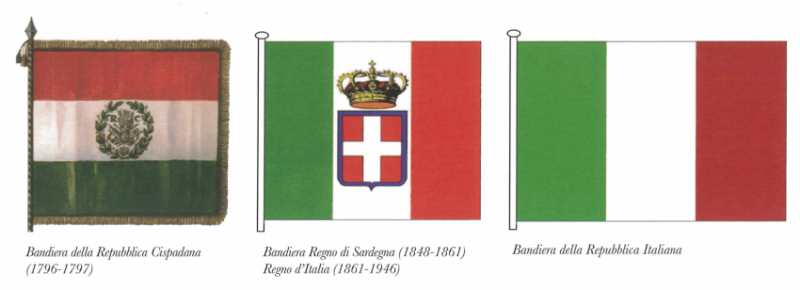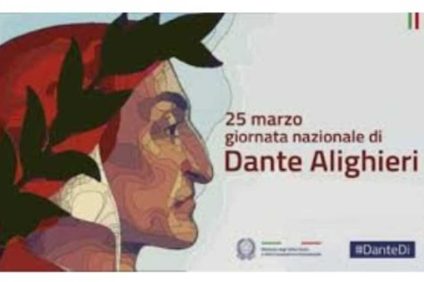It was the deputy Comrades, the January 7 1797, at the Congress of the Cispadana Republic, a Reggio Emilia, to make a motion to decree the tricolor, green, white and red, (formerly standard of the Napoleonic Lombard Legion) flag of the Cispadan Republic. The Cispadana Republic was born the year before, from the French conquest of the area from Reggio to Ferrara (formerly divided between Austria and the State of the Church).
The context of birth of the Italian flag
The Cispadano territory then merged into the Cisalpine Republic, with the union with Lombardy, in the Kingdom of Italy, when Napoleon assumed the crown. It was then again under Austria, until the unification of Italy (1861). Tricolor green, white and red had already been the very first French revolutionary flag (1789), then correcting the green (hope) with blue. The rosettes of the Ligurian Jacobins and the young patriots Zamboni and De Rolandis, students of the University of Bologna which, in 1794, inflamed the Bolognese student community. They died tortured and killed by the Inquisition Tribunal.

Other tricolors
The tricolor is found in European states that were born from a bourgeois revolution, on the model of the French one: Germany, Holland, Belgium, Romania. Outside Europe, see for example the flags of the former French African colonies: (Cameroon, Chad, Ivory Coast, etc). Since many Hungarians and Italians fought side by side in their respective Risorgimento battles, Hungary has the same colors as the Italian flag, horizontally. With slight variations in color or position, the flags of the Republic of Ireland, Mexico, India, the Republic of Iran, Bulgaria, Tajikistan, all flags born from a national resurgence against some foreign interference, also closely resemble the Italian tricolor. . The Italian tricolor took possession of the Savoy, affixing their coat of arms (so was the Italian flag until 1946). So did the various national and political forces that clashed in Italy. The flag was always that of the Lombard Legion, in which he militated Foscolo.

Possible interpretation of the tricolor
Since 1947 the flag of the Italian Republic has returned to being, according to the Constitution, the original one, without additions. His day is the 7st January. The tricolor symbolizes the union of several (odd) parts, not just two as in the flags of traditional European monarchies and not even the single color of the twentieth-century ideological revolutions. It therefore represents the inheritance, sometimes misrepresented or mistreated, of theEnlightenment bourgeois (which is not a derogatory!). In the case of our tricolor, the first official tricolor green, white and red, the colors are those Dante (who also described his Beatrice as a metaphor for the goal of the Risorgimento). The green of hope, the white of faith (as trust in the task, in the future and in the near), the red of charity. They are the founding ideals of the welfare state, the metaphor of parties willing to sacrifice something for the public good. A banner born at the end of the eighteenth century, to be the universal flag of a new humanity.





